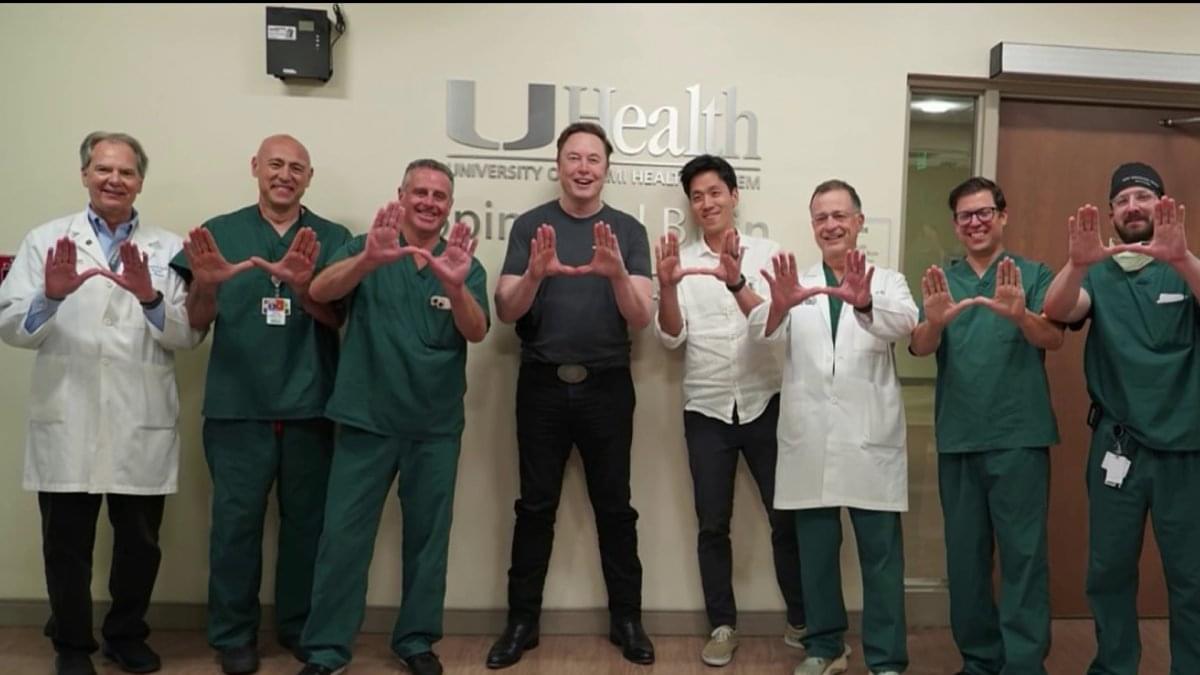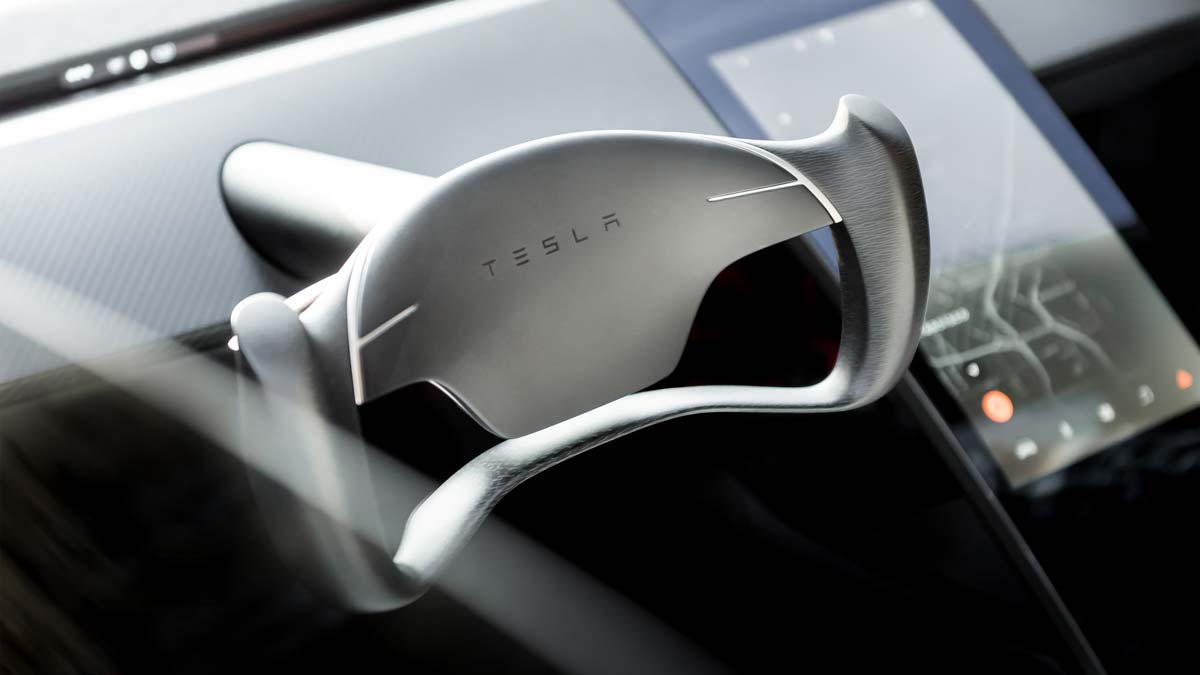Questions to inspire discussion.
🛻 Q: How did the Cybertruck perform in safety tests? A: The Cybertruck received a 5-star rating from NITSA, achieving the lowest overall probability of injury and lowest chance of rollover ever for a tested pickup truck.
🤖 Q: What role do humanoid robots play in Tesla’s future valuation? A: Tesla’s humanoid robots at massive scale are considered a key factor in reaching a potential $20 trillion valuation, according to Elon Musk’s modeled scenarios.
Expansion of Autonomous Services.
🚕 Q: What are Tesla’s plans for robotaxi service in San Francisco? A: Tesla plans to launch a robotaxi service in San Francisco this weekend, with drivers in the driver’s seat to collect data for regulatory approval.
📊 Q: How quickly is Tesla expanding its robotaxi service in Austin? A: Tesla’s autonomous vehicles have collected thousands of intervention-free drives in Austin, with robotaxis expanding their service area in less than 3 weeks after launch.



